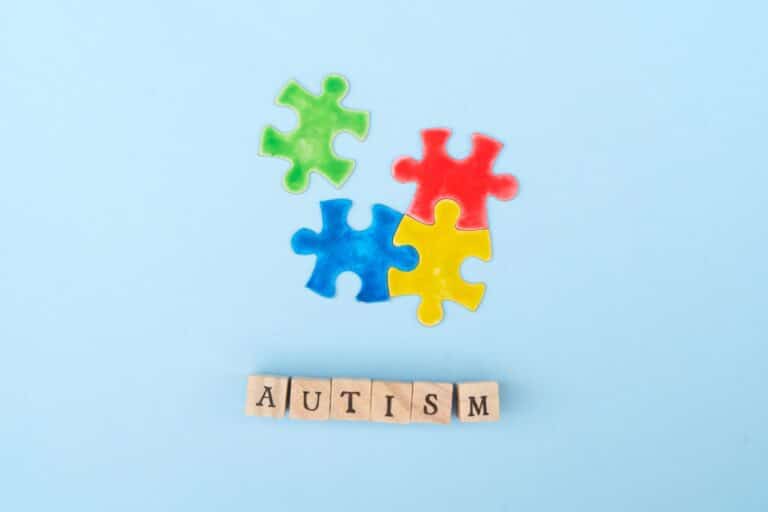Are you worried that you or someone you know might be suffering from a Vicodin addiction?
Vicodin is a combination drug that’s used to relieve moderate to severe pain. For the most part, doctors are only supposed to prescribe Vicodin to treat short-term or acute pain that’s caused by injury or surgery.
However, Vicodin is an opioid, and the US Drug Enforcement Administration classifies opioids as Schedule 2 drugs, which means they have a high risk of abuse that could lead to damaging psychological and physical dependence- in other words, addiction.
Understanding the signs of Vicodin addiction is an important step on the road to recovery. Read on to learn more.
What is Vicodin?
As we mentioned, Vicodin is an opioid that doctors most often prescribe for pain management. Opioids operate by attaching to opioid receptors on nerve cells in the brain, gut, spinal cord, and other parts of the body.
Once they attach to the receptors, they block pain messages that are normally sent from the body to the brain. This, in turn, results in effective pain relief. In addition to being potentially addictive, opioids also come with some other side effects, including:
- Nausea
- Constipation
- Sleepiness
- Itching
- Anxiety
- Impaired thinking
- Lightheadedness
- Drowsiness
- Unusual mood swings
- Difficulty urinating
Vicodin typically comes in tablet form, and there are both brand-name and generic versions available. Technically, Vicodin acetaminophen-hydrocodone. Other brand names for acetaminophen-hydrocodone include:
- Norco
- Zydone
- Anexsia
- Ceta Plus
- Hycet
- Lortab
- Lorcet
- Dolorex Forte
- Co-Gesic
All of these brand-name drugs have the same addicting properties as Vicodin, they’re just sold under a different name. It’s also important to note that there are different types of opioids that can also be addictive. Prescribed opioids are known by several names, including:
- Codeine
- Fentanyl
- Morphine
- Oxycodone
- Oxymorphone
- Hydrocodone
These medications are typically sold under the brand names such as Palladone, Percocet, and OxyContin.
How Does Vicodin Addiction Develop?
So, if Vicodin comes with so many unwanted side effects, how does addiction develop? Opioids have a profound effect on the brain. One of the most notable effects is the rush of dopamine experienced as a result of opioid use.
Dopamine is a neurotransmitter that plays a key role in how the brain processes reward and reinforcement. If you’ve ever felt reinvigorated after going for a run in the park (aka, a “runner’s high”), then your good mood was partially powered by a moderate release of dopamine.
While exercising triggers a small release of dopamine, taking opioids triggers a flood of dopamine, to the point where people often feel euphoric after taking it. After a period of sustained Vicodin use, your brain will begin to adjust to the presence of opioids by reducing dopamine production.
When you suddenly stop taking opioids, your brain can’t automatically readjust its dopamine production levels quickly enough. This leads to unpleasant withdrawal symptoms. To combat the unpleasant withdrawal symptoms, many people will keep taking opioids, and so the cycle of addiction and dependence continues.
The Signs of Vicodin Addiction
So, how can you tell if someone is addicted to Vicodin? Here are the signs to watch out for:
1. Tolerance
Spotting the signs of Vicodin addiction is not always easy. This is partly because many people are able to build up a tolerance to the drug over time.
In other words, they feel less pain relief when taking Vicodin over an extended period of time. For example, someone whose pain was under control three months ago with a single dose of Vicodin may find that they now need to take two Vicodin at a time to control their pain.
While tolerance is a normal reaction to taking any drug consistently, it’s also a major component of addiction. If you notice that you need more Vicodin than before to get through the day, you may be addicted to the drug.
2. Cravings
Do you find yourself craving the drug when you’re not using it? Or, do you find that you’re constantly thinking about Vicodin and always looking forward to your next dose?
Opioids change your thinking patterns and cause you to crave more drugs, so if you spend a significant time planning your next dose, you may already be addicted.
3. Vicodin Overshadows Other Parts of Your Life
Do you find that you no longer enjoy doing the activities you once loved because your thoughts are consumed by Vicodin? Often, when someone develops an opioid addiction, they lose interest in former hobbies and stop going to social gatherings.
Vicodin addiction can cause you to become isolated and withdrawn, and you may miss out on work, school, and family obligations.
4. Withdrawal Symptoms
If you experience withdrawal symptoms when you haven’t had a Vicodin dose in a while, then there’s a chance you may be addicted. You may experience some or all of the following withdrawal symptoms:
- Psychological changes such as irritability, mood swings, confusion, and anxiety
- Increased or decreased appetite
- Physical changes such as sweating, vomiting, nausea, salivation, diarrhea, enlarged pupils, or tremors
- Sleep disturbances such as insomnia, restlessness, or exhaustion
- Cold-like symptoms such as runny noses, sweating, chills, or fever
Withdrawal symptoms can begin as quickly as a few hours after your last dose, and they can last for as long as 10 days. Depending on the severity of the addiction, medical detox may be required to manage withdrawal symptoms.
5. Hiding Vicodin Use
Many people who are addicted to Vicodin will conceal their use from others, making it all the more difficult to spot the problem. If you find that you’re keeping secrets about your drug usage from friends and family, then you may be addicted.
Time to Tackle Vicodin Addiction
If any of the above signs of Vicodin addiction sound familiar to you, then it’s time to consider your next steps. For many people, this means taking part in an addiction treatment program. To learn more about how these programs can help you overcome your addiction, contact us today.






